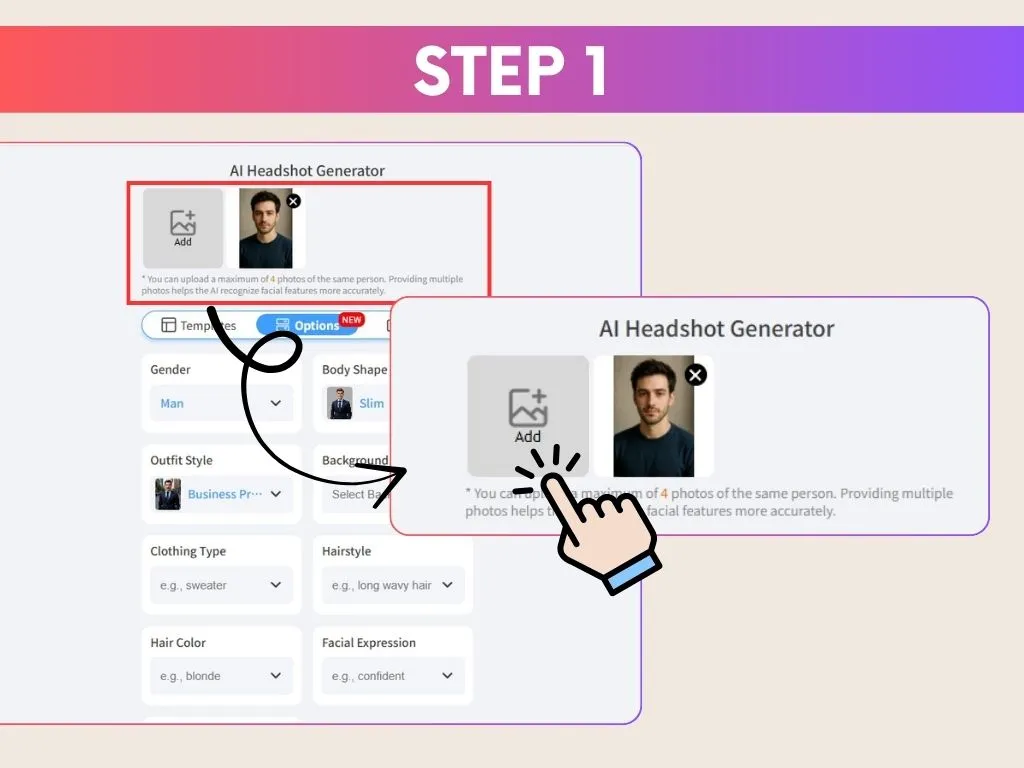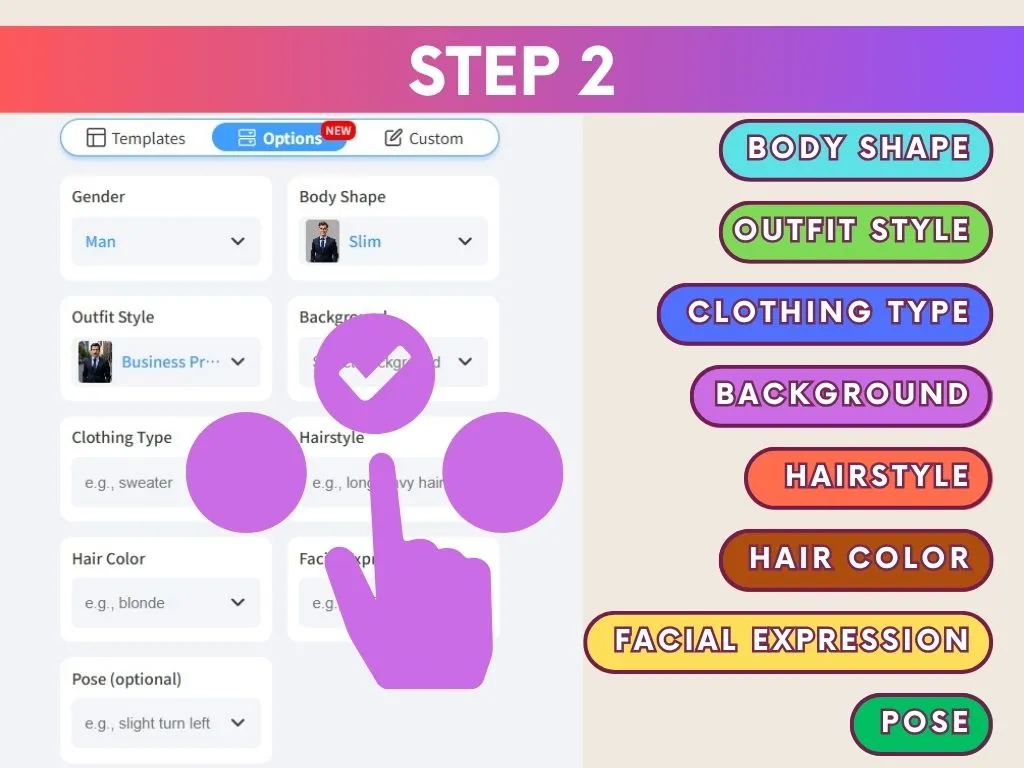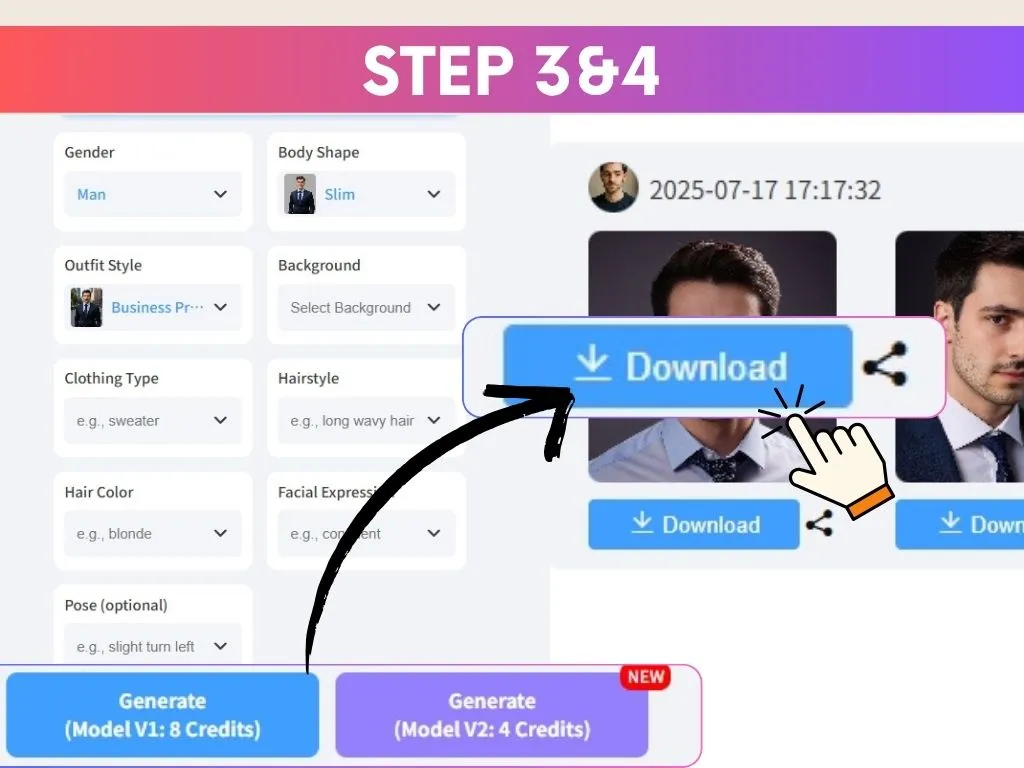Build Your Perfect Digital Persona: AI Voice Cloning and Headshot Generator Explained
In the rapidly evolving landscape of artificial intelligence, a new frontier is emerging at the intersection of visual identity and voice identity. While Remaker.ai is already making waves as a powerful AI platform for image editing and face manipulations, the broader wave of AI-driven identity tools now includes AI Voice Cloning and AI Headshot Generator technologies. In this article, we explore how these two domains converge, what opportunities and challenges they bring, and how Remaker.ai can position itself as a comprehensive identity-enhancement hub in this new era.
The Rise of AI Headshot Generation
One of Remaker.ai’s core strengths lies in image editing. On its homepage, Remaker describes itself as “the ultimate destination for seamless, AI-driven image editing,” helping users upscale images, remove backgrounds, and more. As AI in visual media advances, the demand for realistic, professional headshots is soaring—especially in remote work, digital resumes, social media branding, and virtual avatars.
An AI Headshot Generator is a tool that can take existing user photos (or multiple photos) and generate polished, professional-quality portraits with consistent lighting, neutral backgrounds, and aesthetically corrected features. For individuals, it means not needing a costly photoshoot; for businesses, it means consistent employee headshots without logistical hassle. Because Remaker.ai already handles face-swap, background removal, and image enhancement, adding a dedicated headshot generation module is a natural extension.
By integrating an AI Headshot Generator, Remaker.ai could allow users to upload a few casual photos and produce multiple, job-ready portrait variations in different styles (corporate, creative, casual). This also helps align brand identity across personal websites, LinkedIn, company directories, and media kits.
The Emergence of AI Voice Cloning
While images define how you look, voice is a fundamental part of how you sound in digital space. AI Voice Cloning refers to using AI models to replicate a speaker’s voice based on audio samples. Once trained, the model can generate new speech in that voice from arbitrary text input. The result is synthetic speech that sounds convincingly like the original speaker.
Voice cloning is transforming multiple industries:
- Content creation & narration: You can create video voiceovers, podcasts, or narrations without re-recording audio repeatedly.
- Localization and dubbing: AI clones can reproduce your voice in multiple languages.
- Accessibility & assistive tech: People who lose their voice (due to illness) can use their voice clone to “speak” again.
- Virtual avatars & digital personas: Tying a visual avatar (from headshots) with your actual voice clone deepens immersion.
Leading platforms (like ElevenLabs) let users clone voices from just minutes of clean audio. Others allow shorter samples (e.g. 3 seconds) to produce rough clones. But voice cloning also carries serious ethical and misuse risks.
Why Combining Headshots + Voice Cloning Matters
Imagine a unified product experience: a user uploads their photos and a short audio clip. Remaker.ai then produces:
- A set of professional headshots (in varied styles)
- A usable, high-fidelity voice clone
- Optionally, a “digital avatar” (2D/3D) combining both visual and voiced identity
This opens many possibilities:
- Branded digital identity: For influencers, personal brands, or professionals, your image and voice together enhance authenticity.
- Video assets & content: You can produce short video intros, explainer clips, or social media content without re-recording or hiring voice talent.
- Localization & translation: Your avatar can “speak” in multiple languages while retaining your visual style and voice.
- Consistency across platforms: From corporate bios to e-learning modules to virtual events, your identity remains consistent.
From a business perspective, this integration allows Remaker.ai to become a one-stop identity engine, not just an image editor.
Implementation Challenges & Ethical Safeguards
Building a combined headshot + voice cloning system is technically deep and ethically sensitive. Key considerations include:
1. Data quality & input requirements
- For high-quality headshots, clean photos from multiple angles help.
- For voice cloning, clean, noise-free audio recordings of a person speaking (ideally 30s–3 min) yield much better results.
2. Model architecture & compute
- Separate specialized models are needed: image generation, style transfer, background removal for headshots; voice encoder + text-to-speech models for cloning.
- Cross-modal synchronization (e.g. lip sync) requires alignment of visual frames and audio.
3. Security, privacy, and consent
- Voice clones must be generated only with explicit permission.
- Strong protections must prevent misuse (identity theft, deepfakes).
- Logging, watermarking, or traceable signatures can help detect synthetic content.
4. Legal & ethical compliance
- Some countries may require consent for voice impersonation.
- Use policies must prohibit impersonation, defamation, or fraudulent usage.
- Transparent disclosure (e.g. “This audio is synthetic”) helps maintain trust.
Given recent real-world incidents in which people discovered their voices were being used without permission, the stakes are high. Regulatory bodies (e.g. FCC in the US) have moved to restrict certain uses of AI-generated voices.
How Remaker.ai Can Differentiate
To stand out in a competitive landscape, Remaker.ai could adopt several competitive strategies:
- Seamless UX: A user journey where headshot generation and voice cloning are integrated in a few simple steps.
- Tiered fidelity: Offer quick, lightweight versions and premium high-fidelity versions.
- Cross-modal syncing: Offer avatar videos where lip motion matches the synthetic voice.
- Transparency & trust: Embed visible AI markers, logs, or signatures to help audiences detect synthetic content.
- Developer / API access: Let third parties embed Remaker identity tools into apps, e-commerce platforms, or games.
- Community & templates: Provide a gallery of headshot styles, voice presets, and identity templates.
- Privacy-first mode: Let users delete their data permanently, or process everything client-side.
By combining Remaker’s existing image editing infrastructure and brand, this identity offering could be a killer app that attracts both professionals and creators.
Sample User Journey
- Onboard: A user signs up, uploads 3 casual selfies and records a short (~30s) voice sample.
- Headshot generation: The system produces 5–10 polished portraits (studio style, neutral, background variations).
- Voice cloning: Within minutes, the user receives a synthetic voice clone.
- Avatar builder: Optionally, the system builds a static avatar or short lipsynced clip combining headshot + voice.
- Export & use: The user downloads headshots and voice files (e.g. WAV), or exports directly into video templates.
Monetization could be by credit packs, subscription levels, or a la carte exports—similar to how Remaker already offers image-editing credits.
Conclusion
As AI continues to reshape how we present ourselves online, the fusion of AI Headshot Generator and AI Voice Cloning represents a new frontier. Remaker.ai is well positioned to lead that transformation—evolving from an advanced image-editing tool into a holistic digital identity platform. Users no longer just want to look good — they also want to sound like themselves in the digital realm.
To succeed, Remaker.ai must balance innovation with responsibility: robust models, an intuitive user experience, and strict ethical safeguards. But the reward is a powerful value proposition: let AI help you visually and vocally define your presence in the digital age.




Leave a Reply